Surrey buildings lose letters, gain tree names
December 1, 2009 by Kirk Darbyshire
This week on the Surrey campus, room numbers won’t change but the names on the buildings they’re in will.
In May, Kwantlen announced planned name changes for all of the buildings on the schools Surrey campus. Over the next week signage will be updated to reflect the changes.
Building C has already been dedicated as Surrey Main, and this week the remainder of the buildings will lose their letters in favour of the names of trees indigenous to British Columbia.
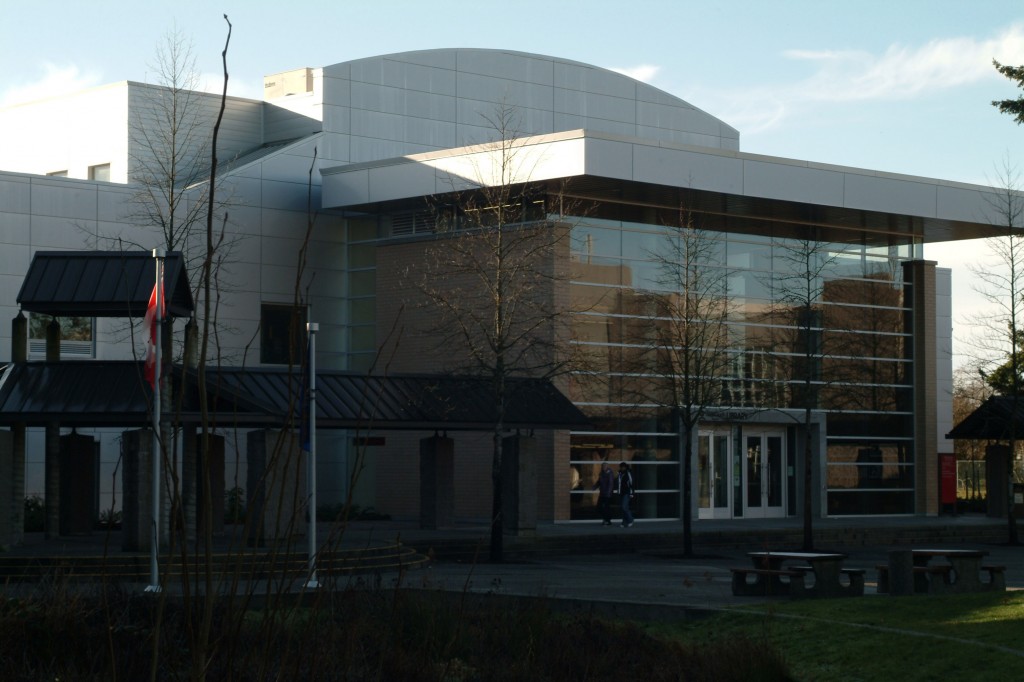
Building A is now Arbutus. Arbutus building is where the Coast Capital Savings Library is located. The name Arbutus was chosen because the tree is Canada’s only broad-leafed evergreen tree. It also has historically meaning for the coastal Salish peoples in regards to medicine and mythology. (Kirk Darbyshire photo)
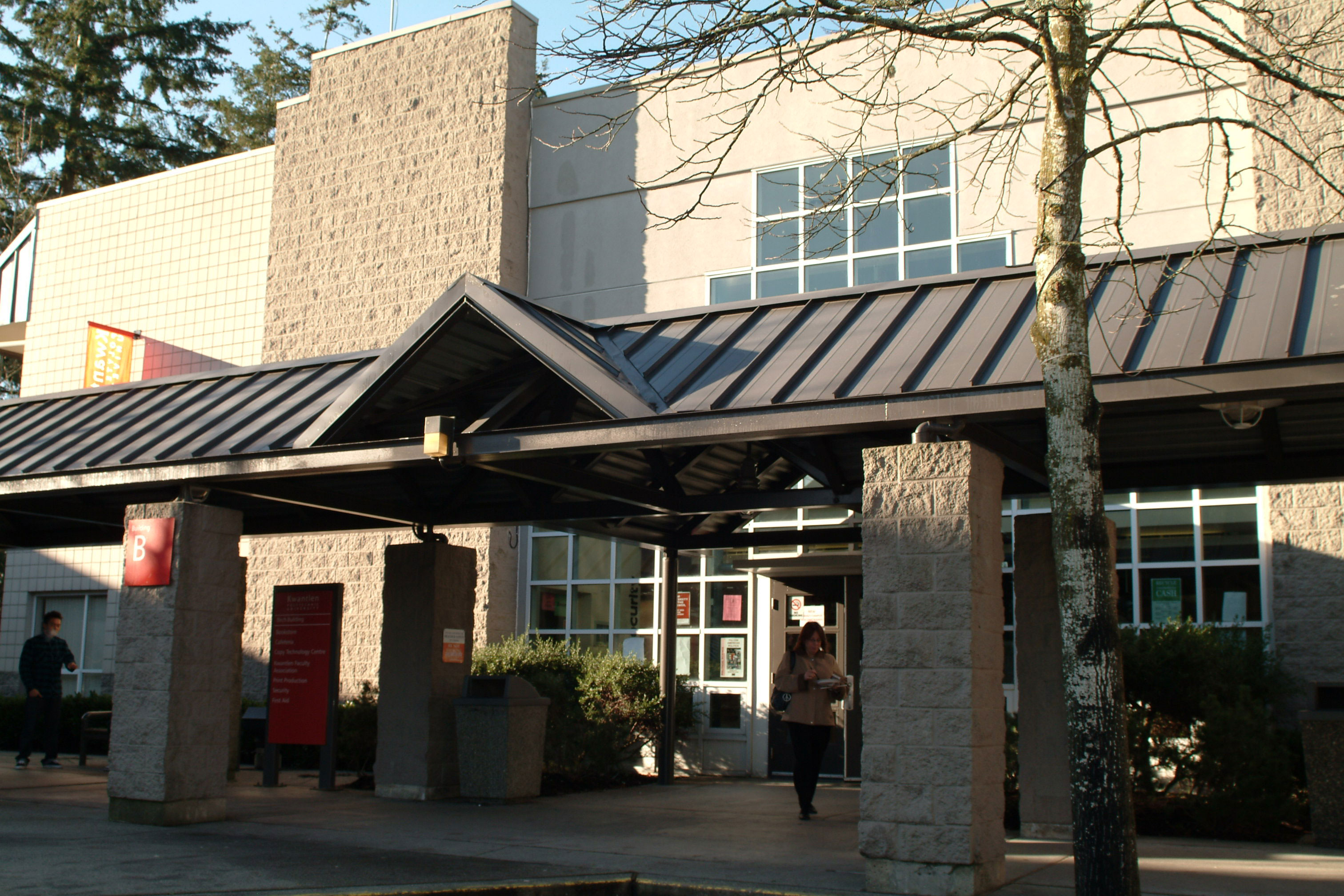
Building B is now Birch. Birch building is where the Kwantlen bookstore and Chartwells Café can be found. “Bright white and shining†is the ancient European meaning for the word birch. Birch was chosen as a name due to the nearly imperishable nature of the tree's bark. It also has historical roots in many cultures including being used to make canoes, tools and musical instruments. (Kirk Darbyshire photo)
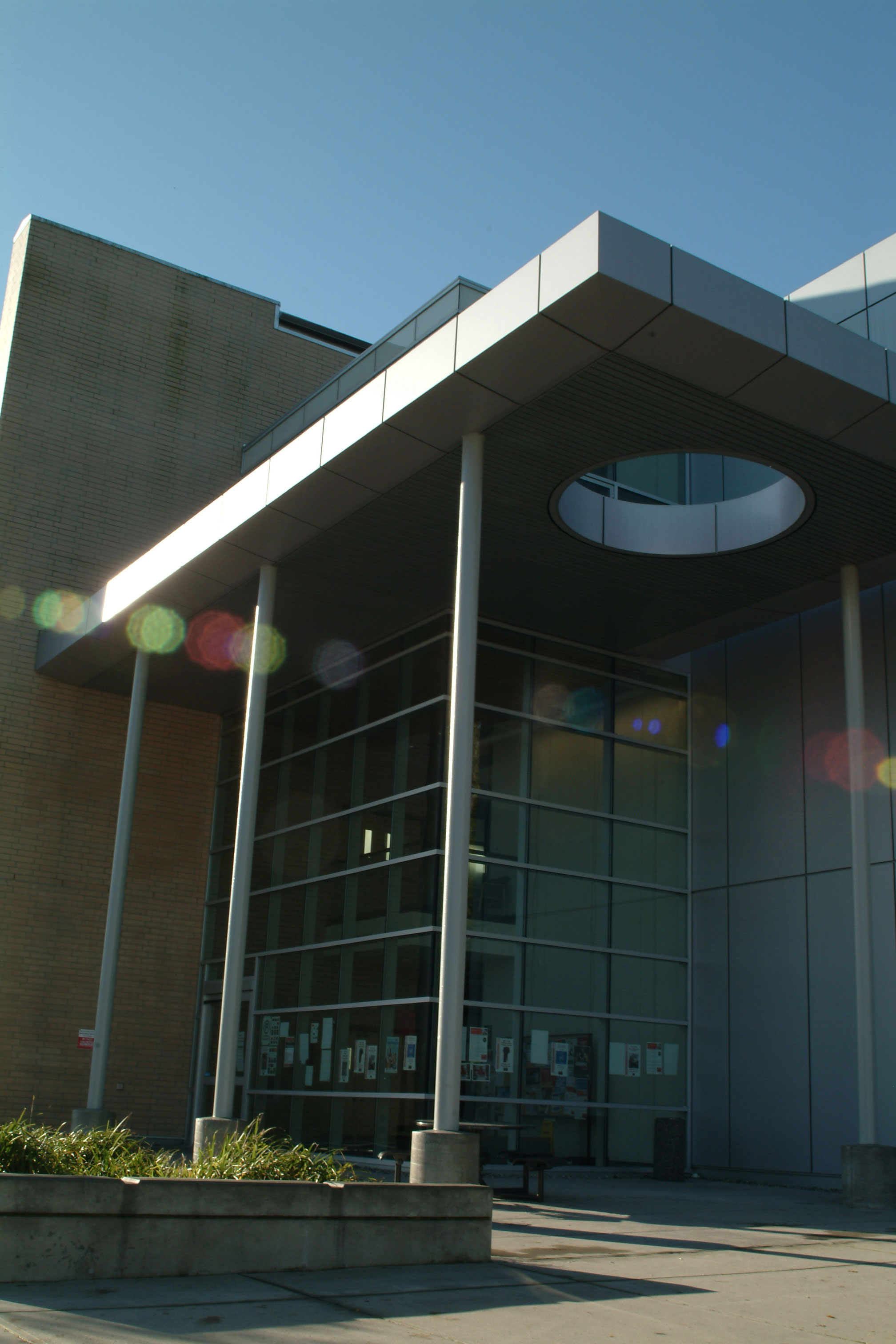
Building D is now Fir. Fir makes up half of the academic learning building and is located in the courtyard close to the school's pond. Fir was chosen as a name because the tree is the most commercially important in western North America. Historically, Douglas Firs have the reputation of being the largest of all trees. Even though giant firs are a thing of the past due to over-foresting, stories of the towering trees climbing over 400 feet into the air are still told. (Kirk Darbyshire photo)
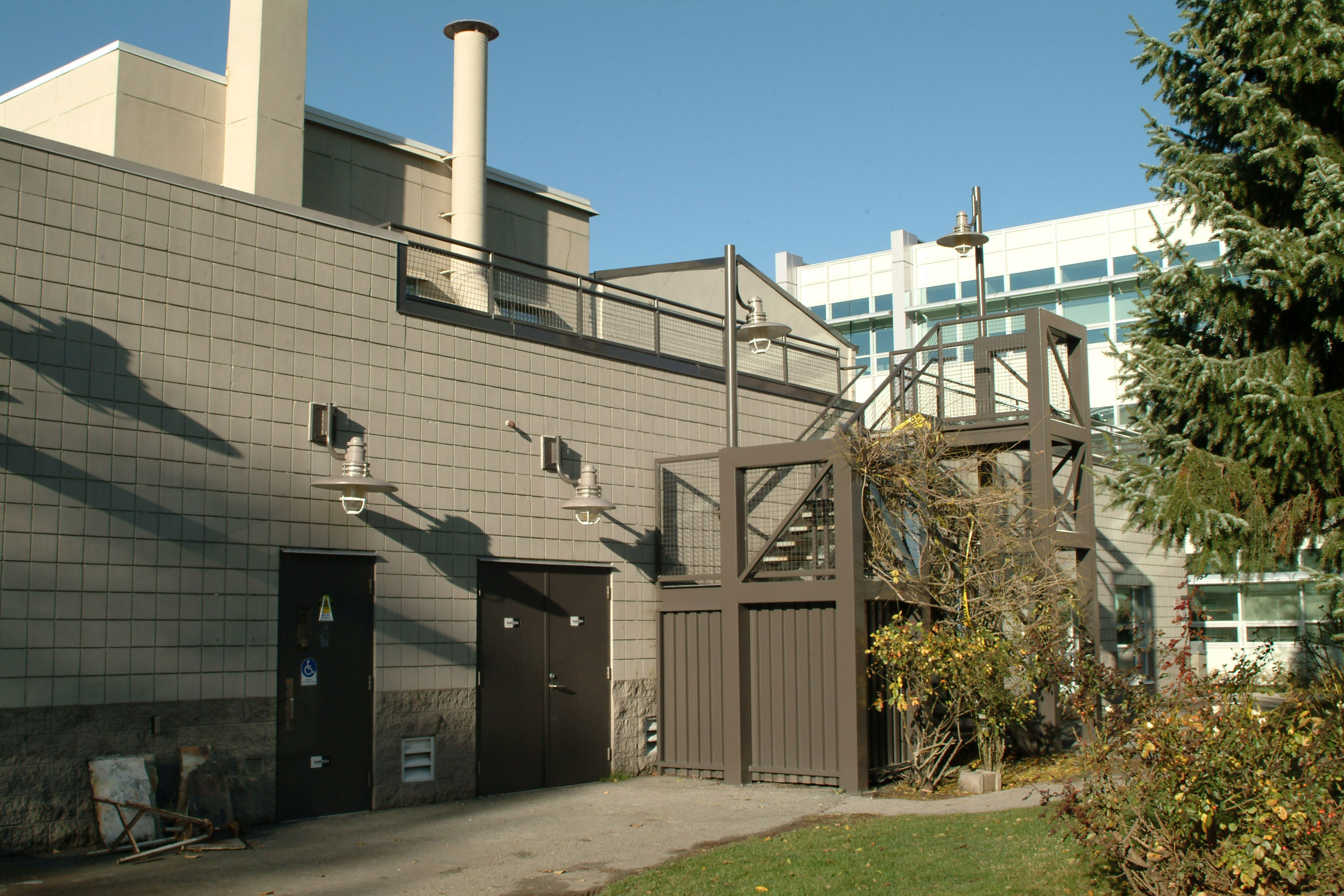
Building E is now Spruce. Spruce is connected to Fir and makes up the other half of the academic learning building. Spruce was selected as a name because of the tree's familiarity to many people and its most common use -- the Christmas tree. Spruce is also well known for its musical applications. Instruments such as cellos, guitars, mandolins and even Stradivarius violins are made from this wood due to its distinctive resonant qualities. (Kirk Darbyshire photo)

Building F is now Yew. Yew building may be a small storage building but no one would ever know that by the name chosen for it. Yew was a symbolic tree revered by the Egyptians, ancient Greeks and early Christians as the tree of everlasting life. (Kirk Darbyshire photo)
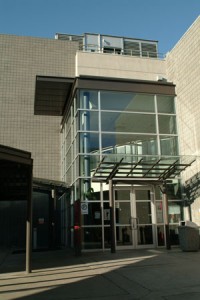
Building G is now Cedar. Cedar building is home to the gymnasium, KSA offices, and the Grass Roots Café. Cedar was selected as the name for one of Kwantlen's busiest buildings because of its historical importance to the First Nations People of the Pacific Northwest. Sometimes referred to as the long life giver, cedar had many uses across many cultures. (Kirk Darbyshire photo)



FYI, that picture is not building F/Yew. That’s just a temporary storage shed. Building F is hidden behind E building. Head out the doors at the south end of D and you’ll see it.